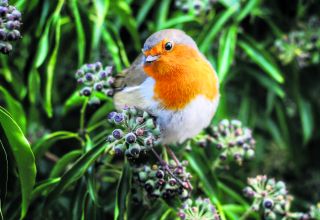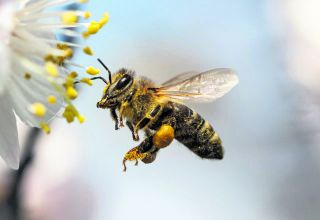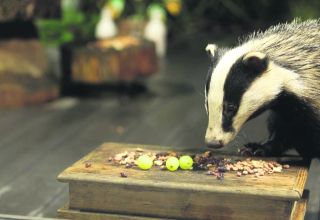The RSPB continues to campaign passionately for gardeners to work hard to help wildlife – more so than ever as gardens enter the winter months.
To the enthusiastic gardener every space you have is a canvas. Beds and borders, patios and planters can all be filled with the perfumes and colours of the plant world, and the great news is that all that effort helps wildlife!
That’s because gardens, as well as providing a space for us to relax and rejoice in, are also potential sources of food, water, and shelter for everything from bees to hedgehogs. With UK gardens covering a whopping 400,000 hectares (one million acres), that’s an immense mosaic of potential homes for wildlife larger than the Lake District National Park, the Norfolk Broads, Exmoor, and Dartmoor put together.
This means that you have an incredible ability to help the wildlife around you – and your help is needed more than ever. Some of our most iconic species are struggling, with hedgehog numbers collapsing from 30 million in the 1950s to less than a million today. Similarly, a devastating 44 million breeding birds have been lost from the British landscape since the mid-1960s, and two out of three insects are falling in numbers.
Small changes can make a big difference – even a bucket sunken into the ground can be a great breeding spot for frogs or newts. But it is the sum of all our actions that will turn the fortunes of wildlife around, so here are some workable, practical ideas.
Decorate your fence
Fences are a blank slate for welcoming winter colour, and a way to give nature a home in your vertical spaces:
- Sweet Briar Rosa rubiginosa – this beautiful plant bursts with pink open-headed roses in late spring which are hugely popular with pollinators, as well as apple-scented foliage and abundant red hips in winter which are a hit with birds.
- Winter jasmine Jasminum nudiflorum – a sweet-smelling scrambler with bright yellow, star-shaped flowers that bloom from January to March, a great source of food for pollinators waking early.
Paint your wall with plants
Many plants can bring colour to walls without damaging the brickwork.
- Climbing hydrangea Hydrangea seemannii or Hydrangea serratifolia – as well as making lovely white flowers in summer this hydrangea also produces lush vibrant green foliage in winter which is a valuable shelter for birds.
- Common ivy Hedera helix – an evergreen that flowers from September to November and then produces fruits from January until May. It also filters out pollutants, insulates buildings, and is a favoured nesting place for robins and blackbirds.
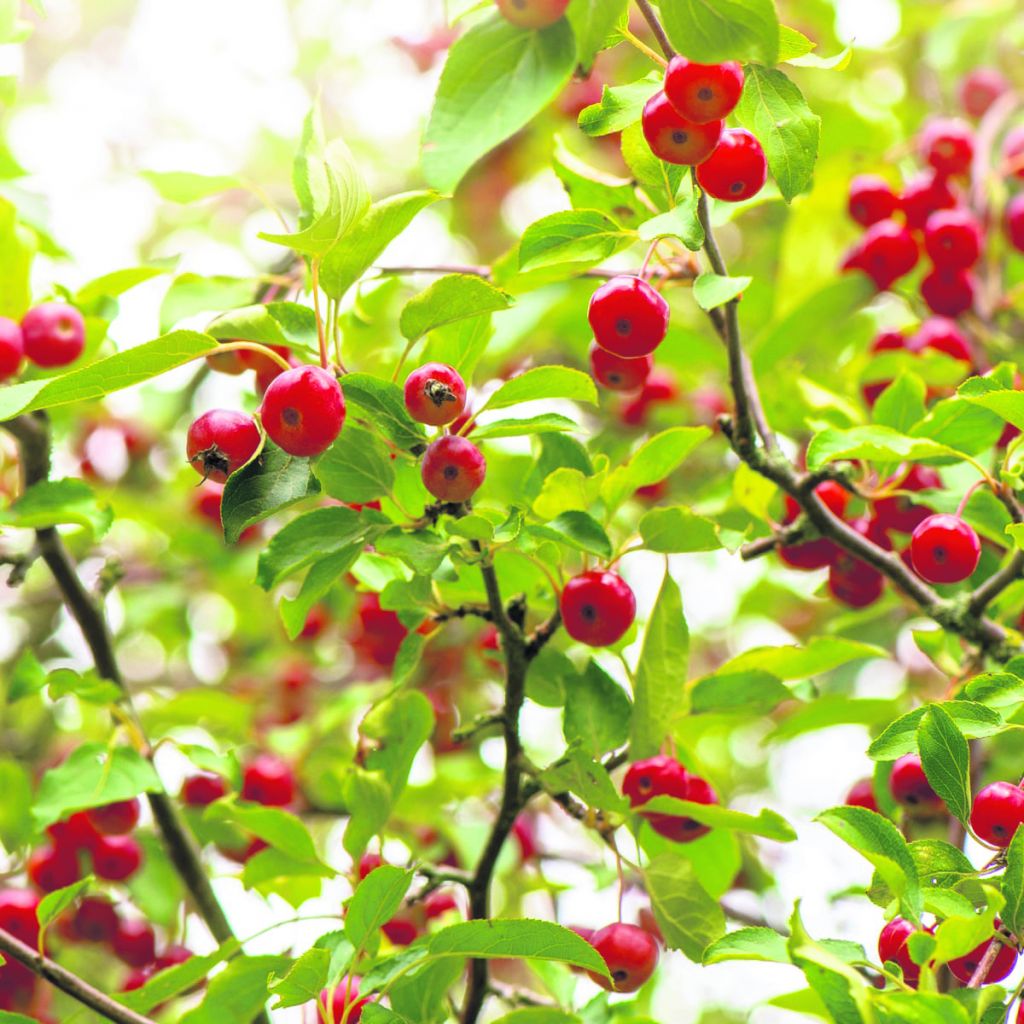
Give a small tree a home
All of these shrubs will do well in most gardens, and even in large pots:
Holly – an evergreen classic. Choose a female variety if you want to see those bright red berries, and a self-fertile variety such as Ilex aquifolium ‘JC van Tol’ will guarantee you a crop (they’re also not quite as prickly).
Spindle Euonymus europaeus – in autumn bright pink lantern-shaped flowers cradle a bright orange seed which birds will gobble up.
Crab apple – varieties such as Malus x robusta Red Sentinel, burst with gorgeous red fruits all the way through to January.
Add water
A great way to attract birds to your garden is to provide water. Birds need water both for drinking and for cleaning their feathers, so by putting out a bird bath you will soon attract them to your garden (especially in winter when other water sources may be freezing over). Make sure it’s in the open – the birds will feel safe, and you’ll also get a great view.
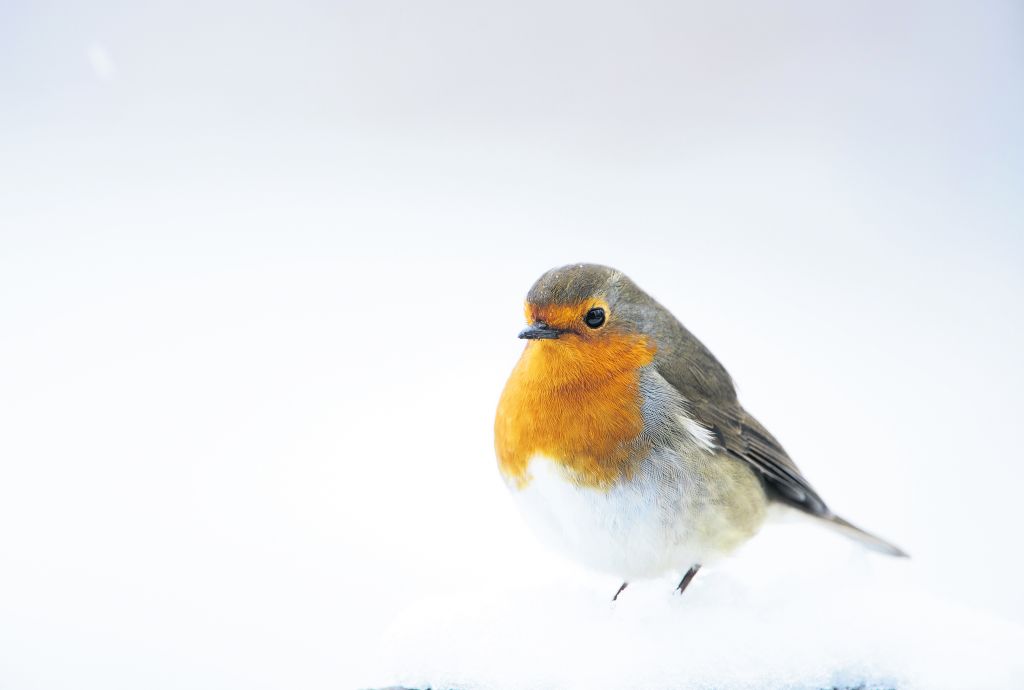
Feed the birds
Another way to attract birds to your garden is to put out food. In the winter there are often fewer natural food sources available, and birds need extra calories to stay warm. If you’re worried about squirrels nabbing all the choicest nibbles you can try putting up a squirrel-buster feeder, and if messy leftovers are a concern using ‘no mess sunflower seed’ mixes can help.
In the winter you might even get a visit from migratory birds! A flock of redwings or fieldfares, or the yellow and black stripes of a siskin, can be the highlight of any day.
Get arty
One fun way to help wildlife is to get arty and inspire your neighbours, guests, and family to take wildlife-friendly steps in their own outdoor space! Try making a ‘Hedgehog highway’ sign, signposting a ‘Bee Buffet’, or painting some stones to make a trail from the birdfeeder to the birdbath.
For more ideas on how to make your garden welcoming for wildlife, visit the RSPB’s Nature on Your Doorstep for inspiration and practical advice.
www.rspb.org.uk/yourdoorstep




